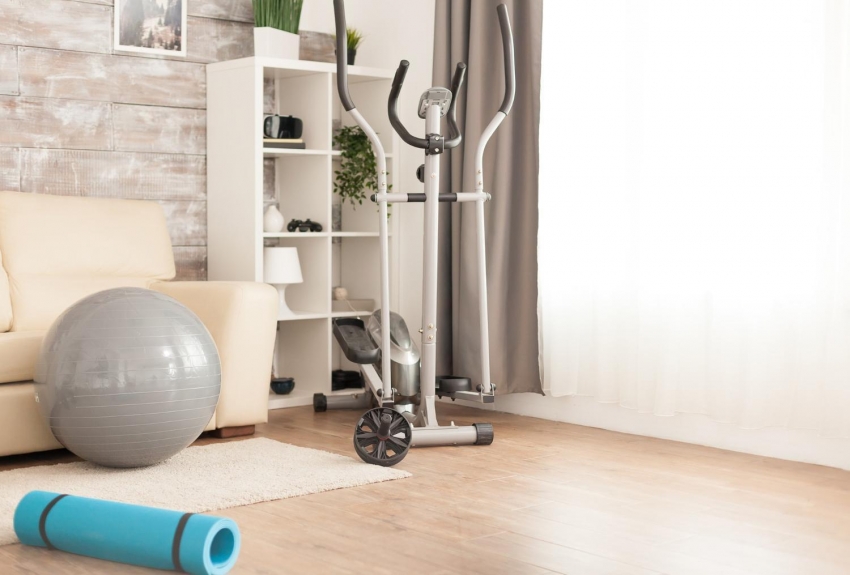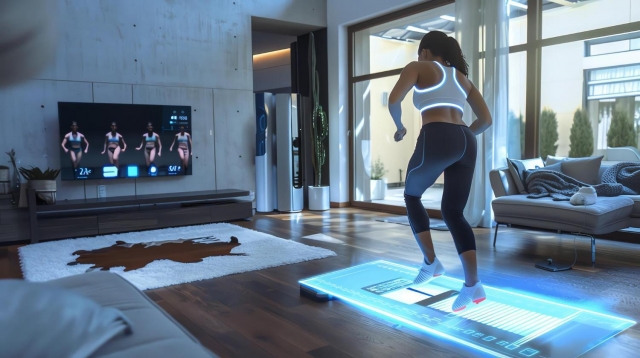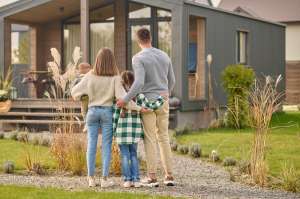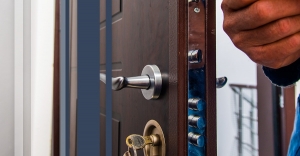When it comes to creating a home environment that truly nurtures both body and spirit, the details matter. Today’s technology offers more options than ever to turn your living space into a place that encourages activity, creativity, and holistic health. Even highly specialized tools, like the protee vx vs uneekor eye xo comparators used in golfing simulation technology, hint at how immersive, precise systems are becoming more accessible for home settings.
But building a smart, movement-friendly and well-being–oriented home isn’t about gadgets alone. It’s about orchestrating space, light, layout, and intention to support active living, playful moments, and restorative calm. Let’s explore how you can design (or retrofit) a home that invites movement, play, and wellness, from the ground up.
Embrace Biophilic & Wellness-Centered Design
One of the foundational principles in wellness architecture is biophilic design, integrating nature and natural patterns into interiors so that occupants feel connected to the outdoors. Large windows, indoor plants, natural wood or stone materials, and flowing sightlines all feed this sensibility. Biophilic elements have been shown to reduce stress, boost mental clarity, and enhance comfort.
To support movement and play, you can create visual and physical links to nature, for instance, a home gym or activity nook with a view of a garden or treetops can make exercise feel less forced, more inviting.
Wellness-forward design also ensures that your home promotes clean air, optimal lighting, and acoustics tuned for calm. Low-VOC paints, good ventilation, and diffused natural light help create a health-promoting interior environment.
Zones That Encourage Activity & Play
Rather than confining workouts or recreation to a single “gym room,” it’s better to weave movement into daily life. Here are design ideas to do just that:
Flexible Multi-Use Spaces
Design rooms that can shift from lounge to movement studio. A living room might double as a yoga or dance area. Use foldable furniture, modular storage, and clear floor space.
Active Pathways
In corridors or transitional zones, allow room for small movement routines or stretching stations. Even a few feet of clear space can host balance drills, calf raises, or mini mobility circuits.
Interactive Play Nooks
Set aside a corner dedicated to playful activity, perhaps a small climbing wall, play mats, or augmented sport accessories (e.g. light reaction sensors, motion games). Kids and adults alike benefit from a reminder that movement can be playful.
Smart Fitness Integrations
Installing wall-mounted screens, mirror gyms, or VR/AR sports simulators can help transform play into a social experience. With smart fitness, you can follow guided classes, simulate sports, or monitor performance in real time.
Tech That Supports Movement, Not Distracts
Smart home tech can enhance wellness, when used thoughtfully. Here are features to consider:
- Sensor-based tracking
Motion sensors, wearables, or camera systems can gently prompt movement breaks or posture reminders based on your behavior. - Adaptive lighting
Circadian lighting systems adjust brightness and warmth throughout the day, energizing you in the morning and calming you at evening. - Voice & AI coaching
Smart assistants or home fitness systems can coach in real-time, giving prompts or adjustments as you move. - Seamless integration
Avoid tech silos. Connect fitness, air quality, lighting, and media systems so they respond in concert, e.g. lighting brightens, music energizes when movement starts. - Privacy & comfort
Ensure systems respect your personal data and don’t make you feel watched. Use opt-in features and clear controls.
Mapping Wellness Flow: Layout & Habit Design

Designing for movement is as much about habit psychology as architecture:
- Place gear in sight
If yoga mats, dumbbells, or a balance board are tucked away, they might never emerge. Keep them visible but tidy to invite use. - Intentional adjacency
For example, situate your movement area near the kitchen or living room so the transition feels natural. Doing three squats on the way to get water becomes easier. - Threshold design
Use thresholds, e.g., stepping on a soft mat, crossing a low archway, as physical cues prompting micro-movements or stretches. - Rest & recovery corners
Balance is key. Include spaces for stretching, breathwork, or simple breaks. A comfortable seat near a window or soft light can become a gentle reset zone. - Acoustic zoning
Sound matters. Quiet zones help meditation and recovery; livelier zones can host movement or workout sessions. Use soundproofing, rugs, and furniture to buffer noise.
Wellness in Every Room: Room-by-Room Touches
Here are quick design touches to bring movement and wellness into each room:
- Bedroom: Mirror wall for morning stretches, soft lighting transitions, space to roll out a mat, gentle alarm prompts.
- Home office: Standing desks, under-desk ellipticals, reminder timers, dynamic seating (balance chairs or cushions).
- Kitchen / dining: Widened pathways to encourage stepping, standing options, hydration stations to prompt movement.
- Bathrooms: Ensure good ventilation, green touches, and space for light stretch sequences or grounding rituals.
- Outdoors / balcony: Use vertical plantings, small bench-step designs, or fitness timber for light movement or yoga.
Community, Play & Social Wellness
Homes designed for movement don’t have to be solitary. Create mini zones for shared activity:
- Challenge boards or counters: Display movement goals or family challenges.
- Interactive doors or walls: Use chalkboard or smart panels where family members can log activity or playful goals.
- Media sync: Set family movement times synced to music or programs, e.g. evening dance sessions, weekend sports simulation rounds.
Play often leads to movement, and movement leads to well-being. When your space supports both, you create momentum for healthy habits.
Anchoring Wellness: Protee VX vs Uneekor Eye XO as Inspiration
Advanced sports tech sets a high bar. Comparing protee vx vs uneekor eye xo reveals how precision and immersion redefine expectations. While such gear is designed for serious enthusiasts, it points toward what home wellness could grow into: data-rich, responsive, and deeply satisfying movement experiences. When accessible tech of that caliber enters home designs, it signals a future where well-being, play, and lifestyle are deeply intertwined.
Designing a home that supports wellness, play, and movement doesn’t require grand renovation, just intention and small, consistent choices. As health, technology, and lifestyle converge, homes can become more than shelter: they can act as launching pads for vitality, creativity, and fulfillment.






